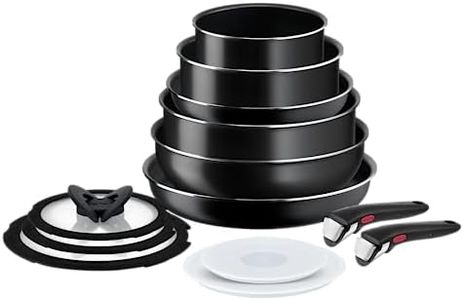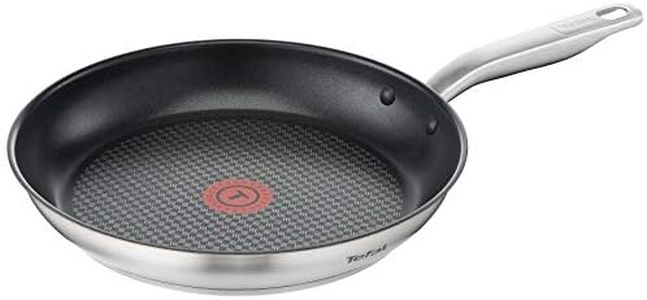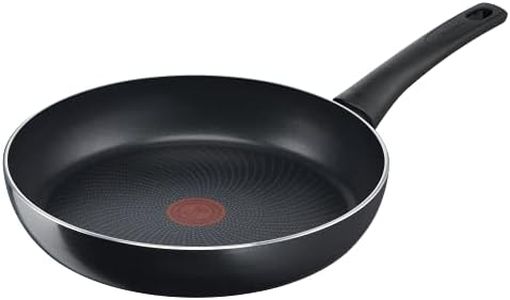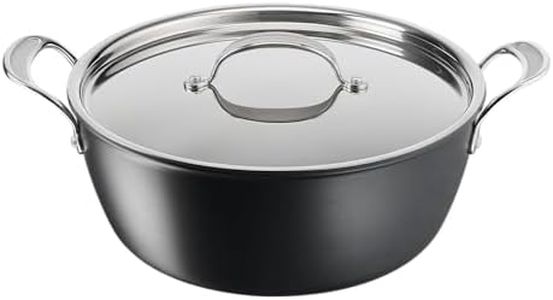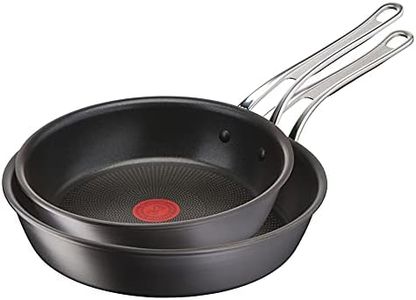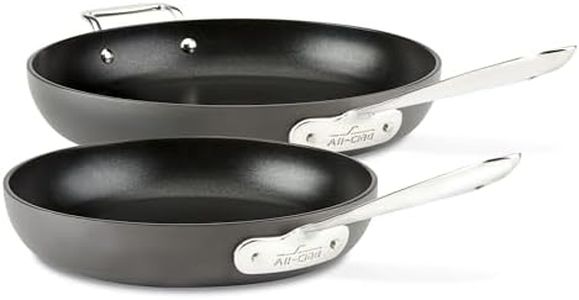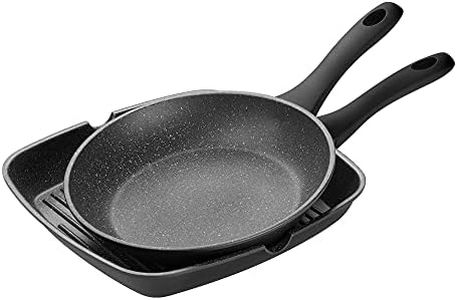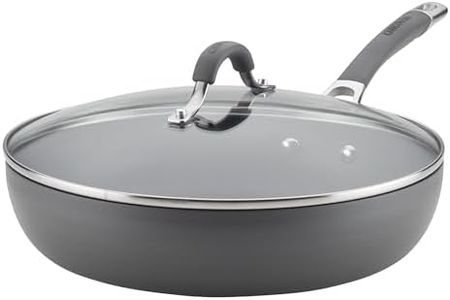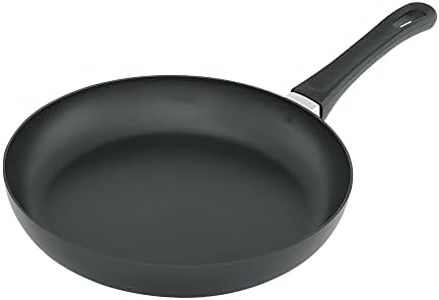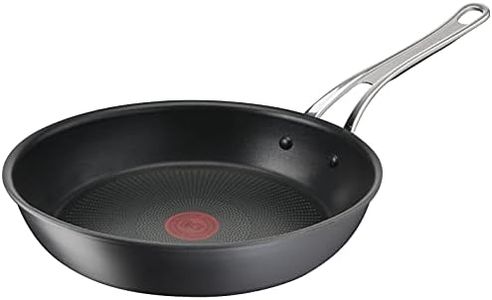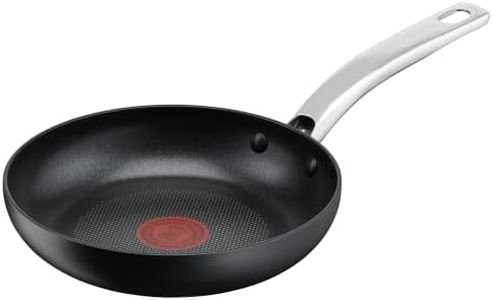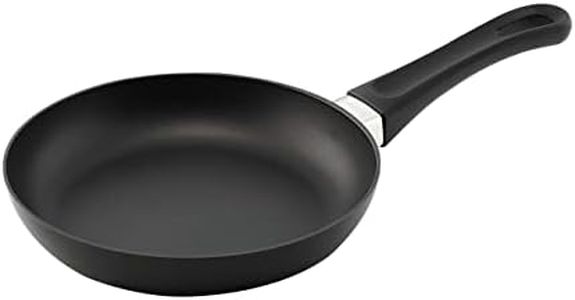We Use CookiesWe use cookies to enhance the security, performance,
functionality and for analytical and promotional activities. By continuing to browse this site you
are agreeing to our privacy policy
10 Best Nonstick Pans
From leading brands and best sellers available on the web.Buying Guide for the Best Nonstick Pans
Choosing the right nonstick pan can make cooking and cleaning much easier for you in the kitchen. To find a pan that fits your needs, it's important to know what features really matter and how different specs impact everyday use. Take a moment to consider what you usually cook, how much you care about ease of cleaning, how heavy a pan you want, and whether you’ll be using it in the oven as well as on the stove. With this information in mind, let’s look at the key specifics that will help guide your decision.Coating MaterialThe nonstick coating is what prevents food from sticking to the pan. The two main types are PTFE (often known under the brand name Teflon) and ceramic. PTFE coatings are very slick and durable when cared for properly, great for delicate foods like eggs, but should not be heated too high. Ceramic coatings are a newer, PTFE-free option that some people prefer for perceived health reasons, but they may lose their nonstick ability faster. If you cook sticky or delicate foods often, the type of coating can matter a lot. Those wanting longer-lasting performance may prefer a traditional PTFE, while those looking for a potentially more eco-friendly or simple solution might lean toward ceramic.
Pan Thickness and MaterialThe thickness and core material of the pan largely decide how evenly it heats and how well it holds up over time. Thicker pans and those with a heavy base (such as aluminum with a stainless steel bottom or fully clad types) will heat more evenly and are less likely to warp. Lighter, thinner pans heat up quickly but can develop hot spots and may warp at higher temperatures. If you prepare foods that require steady, even heat, or use the pan frequently, choose a heavier, thicker option. Occasional users or those who prioritize lightweight cookware for easy handling might prefer thinner pans.
Handle Design and MaterialHandles affect comfort and usability, especially for tasks like flipping or transferring a pan from stovetop to oven. Handles can be made of metal, plastic, or silicone. Metal handles are sturdy and oven-safe, but can get hot. Silicone or plastic-coated handles stay cool on the stovetop but may not be oven-safe. If you want a pan useful both on the stove and in the oven, pick one with a metal handle; if easy, comfortable gripping is more important and you don’t plan on oven use, a silicone or plastic-coated handle can be better.
Heat ToleranceThis spec tells you the maximum temperature a pan and its coating can handle safely. Most nonstick coatings have a limit, often between 350°F and 500°F. Exceeding this can damage the nonstick surface. If you cook foods at higher temperatures or want oven compatibility, make sure the pan’s heat tolerance matches your needs. For gentle cooking, such as eggs and pancakes, lower heat tolerance isn’t an issue, while frequent high-heat users need a pan with a higher safe operating temperature.
Ease of CleaningNonstick pans are generally easy to clean, but some can be put safely in the dishwasher, while others need gentle hand washing. Dishwasher-safe pans save effort, but hand washing extends the life of any nonstick coating. If you dislike hand washing or have a busy kitchen, seek pans labeled as dishwasher-safe, but always remember that regular gentle care will help any nonstick pan last longer.
Size and ShapeNonstick pans come in various diameters and depths. The standard 8-inch or 10-inch pan works well for most individual meals or couples, while a 12-inch pan or larger is better for families or batch cooking. Deeper pans provide versatility for sautéing and simmering, while shallow pans are great for frying or flipping. Think about what you usually cook and for how many people, and pick a size that matches those habits.
